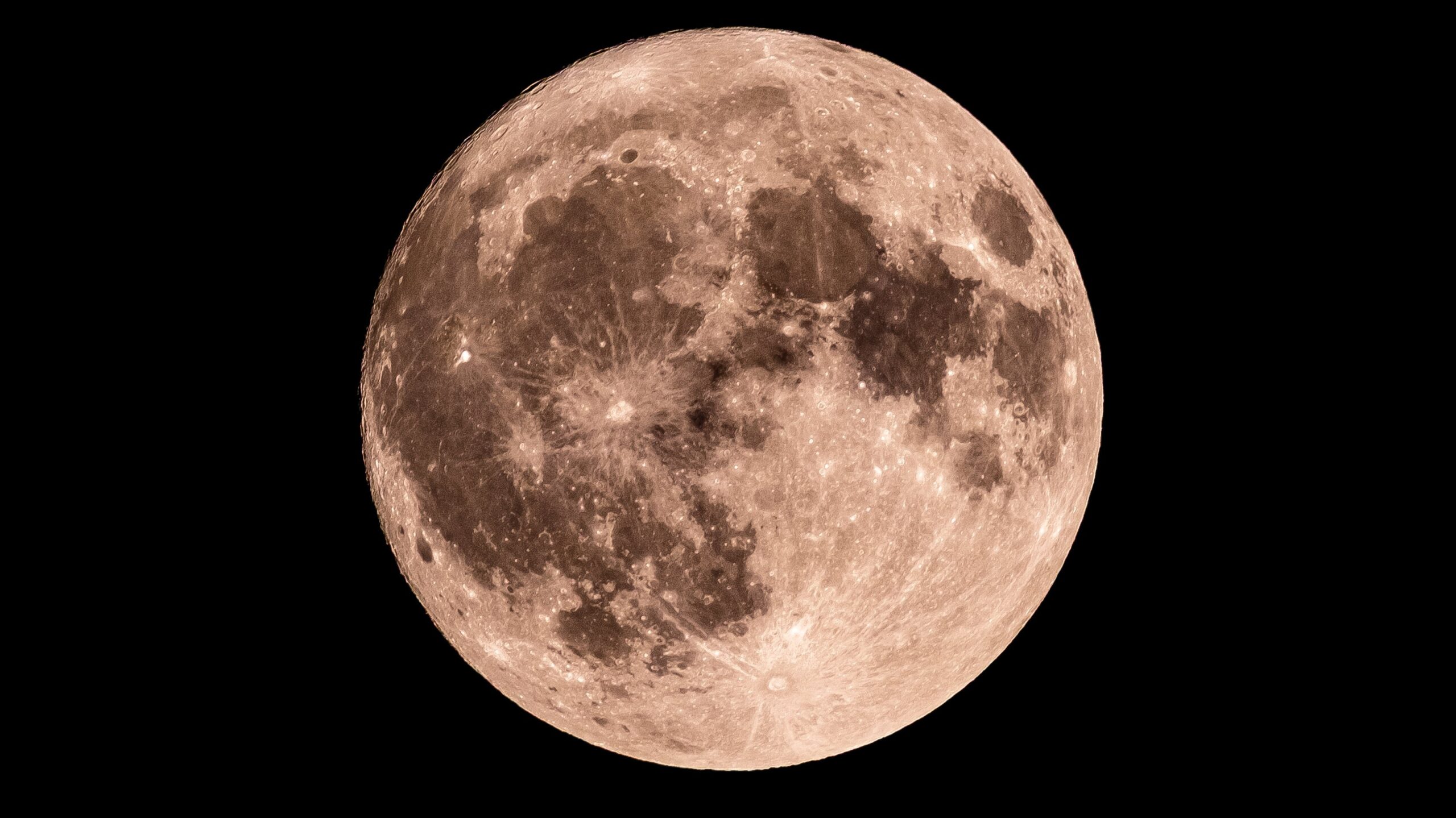Science
October 17: The Waning Crescent Moon Shines Dimly Tonight

On October 17, 2023, the moon reaches the Waning Crescent phase, with approximately 14% of its surface illuminated. As the lunar cycle progresses towards the New Moon, the visibility of the moon will continue to diminish over the coming nights, making it nearly invisible as it moves between Earth and the Sun.
Observations from NASA’s Daily Moon Observation indicate that tonight, only the Aristarchus Plateau will be visible without any visual aids. For those equipped with binoculars, the Grimaldi Basin can also be spotted, while a telescope will reveal the Reiner Gamma, a unique swirl on the moon’s surface.
Understanding Moon Phases
The lunar cycle lasts about 29.5 days as the moon orbits Earth, resulting in various phases based on the positions of the Sun, Earth, and Moon. Each night, the amount of sunlight reflecting off the moon changes, leading to distinct phases that include the New Moon, Waxing Crescent, First Quarter, Waxing Gibbous, Full Moon, Waning Gibbous, Third Quarter, and finally, the Waning Crescent.
During the New Moon phase, the moon is positioned between Earth and the Sun, rendering it invisible. As it transitions to the Waxing Crescent, a small sliver of light appears on the right side. The Full Moon, which occurs when the entire face of the moon is illuminated, will next take place on November 5, 2023.
The eight primary phases of the moon are as follows:
– **New Moon**: The moon is completely dark.
– **Waxing Crescent**: A small portion of the moon begins to light up on the right.
– **First Quarter**: Half of the moon is illuminated on the right side.
– **Waxing Gibbous**: More than half is lit, approaching fullness.
– **Full Moon**: The entire face of the moon is visible.
– **Waning Gibbous**: The moon starts losing light on the right side.
– **Third Quarter**: The left side of the moon is illuminated, creating another half-moon appearance.
– **Waning Crescent**: A thin sliver remains visible on the left before disappearing completely.
As stargazers prepare for the next lunar cycles, understanding these phases helps enhance the experience of moon observation. The shifts in visibility not only offer a captivating view but also serve as a reminder of the intricate dance between the Sun, Earth, and Moon.
-

 Health3 months ago
Health3 months agoNeurologist Warns Excessive Use of Supplements Can Harm Brain
-

 Health3 months ago
Health3 months agoFiona Phillips’ Husband Shares Heartfelt Update on Her Alzheimer’s Journey
-

 Science2 months ago
Science2 months agoBrian Cox Addresses Claims of Alien Probe in 3I/ATLAS Discovery
-

 Science2 months ago
Science2 months agoNASA Investigates Unusual Comet 3I/ATLAS; New Findings Emerge
-

 Science1 month ago
Science1 month agoScientists Examine 3I/ATLAS: Alien Artifact or Cosmic Oddity?
-

 Entertainment5 months ago
Entertainment5 months agoKerry Katona Discusses Future Baby Plans and Brian McFadden’s Wedding
-

 Science1 month ago
Science1 month agoNASA Investigates Speedy Object 3I/ATLAS, Sparking Speculation
-

 Entertainment4 months ago
Entertainment4 months agoEmmerdale Faces Tension as Dylan and April’s Lives Hang in the Balance
-

 World3 months ago
World3 months agoCole Palmer’s Cryptic Message to Kobbie Mainoo Following Loan Talks
-

 Science1 month ago
Science1 month agoNASA Scientists Explore Origins of 3I/ATLAS, a Fast-Moving Visitor
-

 Entertainment2 months ago
Entertainment2 months agoLewis Cope Addresses Accusations of Dance Training Advantage
-

 Entertainment3 months ago
Entertainment3 months agoMajor Cast Changes at Coronation Street: Exits and Returns in 2025









